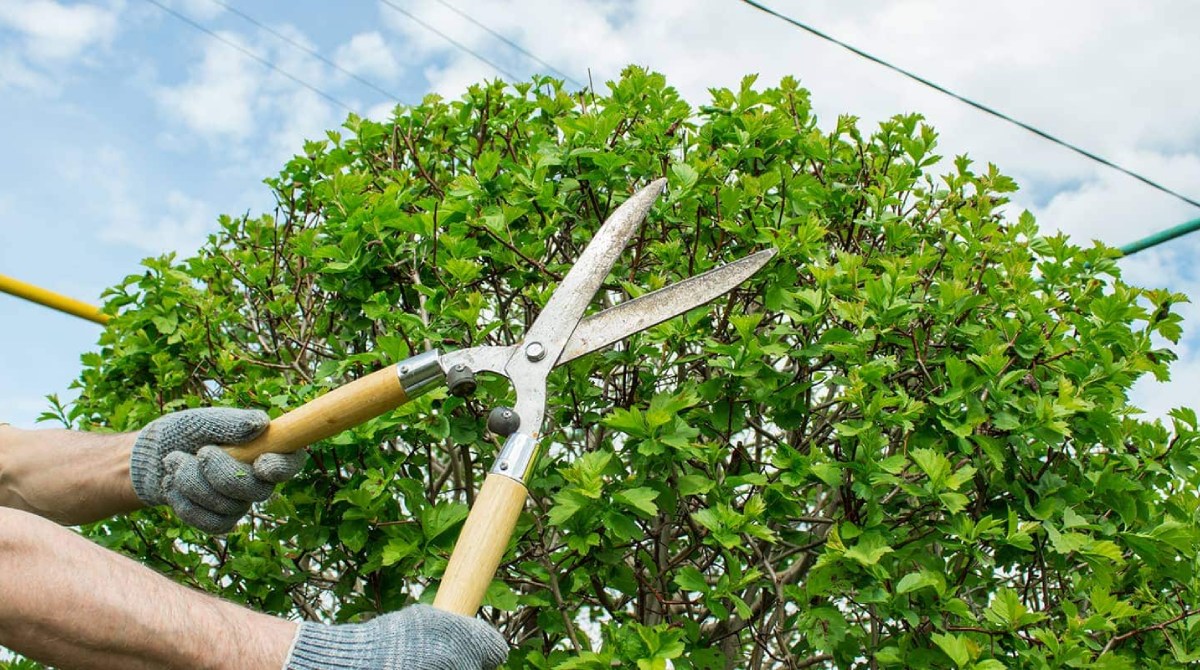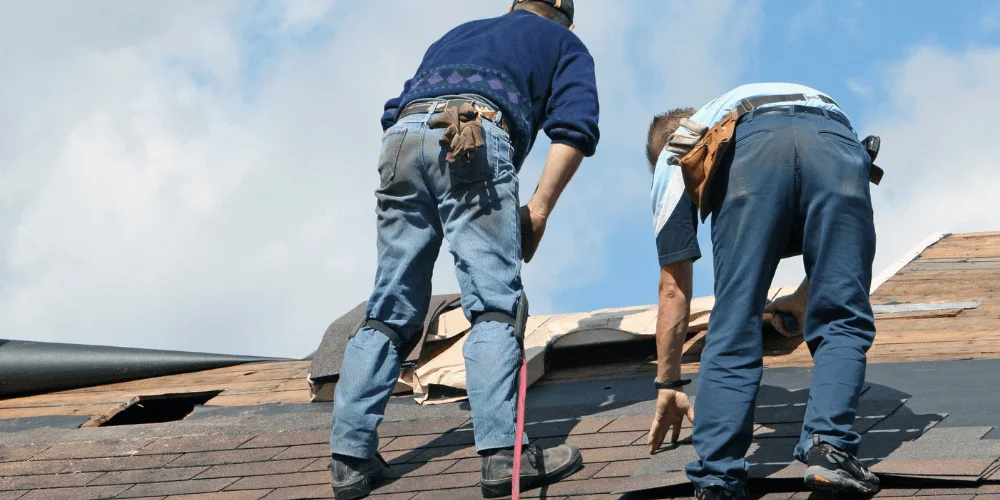Trees are among the most valuable features of any property. They offer shade, beauty, and environmental benefits, but maintaining their health and structure requires more than occasional watering. One of the most essential practices in tree care is
—a task that, when done properly, enhances the tree’s health, appearance, and safety.
In this comprehensive guide, we’ll explore why tree trimming is important, when to do it, the right techniques, and common mistakes to avoid. Whether you’re a homeowner or a property manager, understanding the essentials of tree trimming can protect your investment and preserve the natural beauty of your landscape.
Why Tree Trimming Matters
Tree trimming isn’t just about making trees look neat—it’s a vital part of tree maintenance. Regular trimming contributes to:
- Health: Removes dead or diseased branches to prevent decay and promote healing.
- Safety: Reduces the risk of falling limbs that can injure people or damage property.
- Structure: Encourages strong growth patterns and prevents overcrowding.
- Aesthetics: Enhances the natural shape and appearance of trees.
- Sunlight and Airflow: Increases light penetration and airflow to undergrowth and surrounding plants.
Trees that are never trimmed often develop weak limbs, imbalanced canopies, and structural defects that can lead to premature failure or costly repairs.
Ideal Timing for Tree Trimming
The best time for tree trimming depends on the tree species and your specific goals:
Dormant Season Trimming
For most trees, the dormant season (late winter or early spring) is ideal. Trimming during dormancy:
- Minimizes sap loss
- Reduces risk of disease and pest infestation
- Encourages vigorous spring growth
Summer Trimming
Summer trimming is useful for controlling growth or removing defective limbs. However, avoid trimming too aggressively, as this can stress the tree during its active growing phase.
Fall Trimming
Generally not recommended. Trees are preparing for winter dormancy, and trimming during this period can hinder their natural preparation and healing.
Emergency Trimming
Sometimes, trimming is necessary regardless of the season—especially after storms or when limbs pose immediate threats to safety or structures.
Types of Tree Trimming
Different trimming techniques serve different purposes. Choosing the right type ensures your tree remains healthy and structurally sound.
1. Cleaning
This involves removing dead, diseased, or broken branches. It’s the most basic form of trimming and can be done at any time of year.
2. Thinning
Selective removal of branches to improve structure and allow light and air to reach the canopy and ground below. Thinning reduces weight on heavy limbs, making trees more wind-resistant.
3. Raising
Removes lower branches to clear space for buildings, sidewalks, or vehicles. Useful in urban and residential settings where clearance is needed.
4. Reduction
Reduces the size of a tree, typically by shortening branches. This is different from topping (which is harmful), as reduction maintains the tree’s structure and health.
5. Structural Pruning
Often used on young trees, this involves guiding growth to establish a strong central leader and scaffold branches for future stability.
Essential Tools for Tree Trimming
Using the right tools ensures efficiency and safety. Here are some of the most common tools used in trimming:
- Hand pruners – For small branches up to ¾ inch in diameter.
- Loppers – For branches up to 1½ inches.
- Pruning saws – For medium-sized limbs.
- Pole pruners – For high branches without the need for a ladder.
- Chainsaws – For large limbs and trunk cuts (best left to professionals).
Always ensure tools are clean and sharp to make precise cuts that heal quickly.
Tree Trimming Safety Guidelines
Trimming trees can be dangerous, especially when dealing with tall trees, electrical lines, or heavy branches. Here are key safety tips:
- Wear protective gear – Including gloves, safety glasses, hard hats, and sturdy boots.
- Inspect surroundings – Watch for power lines, unstable branches, and slippery surfaces.
- Use ladders carefully – Ensure stable placement and never overreach.
- Work with a partner – Especially for tall or complex trimming tasks.
- Know when to hire a professional – Tree trimming that involves power lines, large limbs, or climbing is best left to certified arborists.
Your safety is paramount. If you’re uncertain, seek professional help rather than taking unnecessary risks.
Tree Trimming Techniques
Proper technique ensures that cuts are clean and trees recover efficiently:
1. The Three-Cut Method
Used for larger branches, this method prevents bark tearing and ensures clean removal:
- Make a notch cut on the underside of the branch (6–12 inches from the trunk).
- Make a relief cut a few inches beyond the notch to remove the branch.
- Make the final cut just outside the branch collar (the swollen area where the branch joins the trunk).
2. Cut Outside the Branch Collar
Avoid cutting flush with the trunk. Always cut just outside the collar to help the tree seal the wound and prevent infection.
3. Avoid Over-Pruning
Never remove more than 25% of a tree’s canopy in a single season. Excessive trimming can shock the tree, stunt growth, and make it vulnerable to disease.
Common Trimming Mistakes
Avoiding these errors will keep your trees healthier and reduce long-term issues:
- Topping: Removing large branches or the main trunk can cause severe damage and irregular growth.
- Lion’s Tailing: Over-thinning the inner branches while leaving outer foliage. This weakens the branch structure and disrupts balance.
- Improper Timing: Trimming during the wrong season may stress the tree or increase disease risk.
- Using Dirty Tools: Dirty blades can spread diseases between trees.
- Cutting Too Close or Too Far: Cuts that are too flush or too far from the trunk hinder proper healing.
Always research or consult an arborist before taking drastic action.
Benefits of Professional Tree Trimming
While DIY trimming can be rewarding, hiring a professional offers several advantages:
- Expertise: Certified arborists understand tree biology and structure.
- Equipment: Professionals have specialized tools for large or complex jobs.
- Safety: Reduces the risk of injury or property damage.
- Aesthetic results: Ensures clean, well-balanced, and attractive tree shapes.
- Liability protection: Many tree care companies carry insurance for accidents or damage.
For high-value or mature trees, professional tree trimming is a worthwhile investment in long-term health and beauty.
Environmental and Property Benefits
Tree trimming not only benefits the tree itself but also enhances your property and local environment:
- Improved air circulation: Reduces mildew and mold growth.
- Better sunlight: Increases exposure for lawns, gardens, and solar panels.
- Reduced storm damage: Removes weak limbs before they become hazards.
- Improved views and aesthetics: Creates open sight lines and maintains visual harmony in landscapes.
When trees are well-maintained, they can live longer, grow stronger, and provide shade, beauty, and habitat for decades.
How Often Should You Trim?
The frequency of trimming depends on species, age, and purpose. General guidelines include:
- Young trees: Every 1–2 years to shape and direct growth.
- Mature trees: Every 3–5 years, or as needed for health and structure.
- Fruit trees: Annually to encourage productive growth.
- Evergreens: Usually need less frequent trimming unless for shaping.
Inspect your trees at least once a season for signs of deadwood, overgrowth, or imbalance.
Signs a Tree Needs Trimming
Pay attention to these indicators:
- Branches growing into power lines, roofs, or windows
- Dead, broken, or hanging limbs
- Dense canopies with little light penetration
- Leaning or unbalanced structure
- Signs of disease (mildew, cankers, or abnormal growth)
Early intervention with proper tree trimming can prevent more serious issues later on.
Conclusion
Tree trimming is both a science and an art, essential to the health, safety, and appearance of your trees. When performed correctly, it enhances structural integrity, encourages healthy growth, and beautifies your landscape. Whether you’re maintaining young trees or caring for mature specimens, the effort you put into trimming will pay dividends in curb appeal, property value, and environmental benefits.
Understanding the methods, timing, tools, and safety measures will ensure that your trimming practices contribute positively to your trees’ longevity. And when the task becomes too complex or dangerous, don’t hesitate to call on professionals for expert help.



